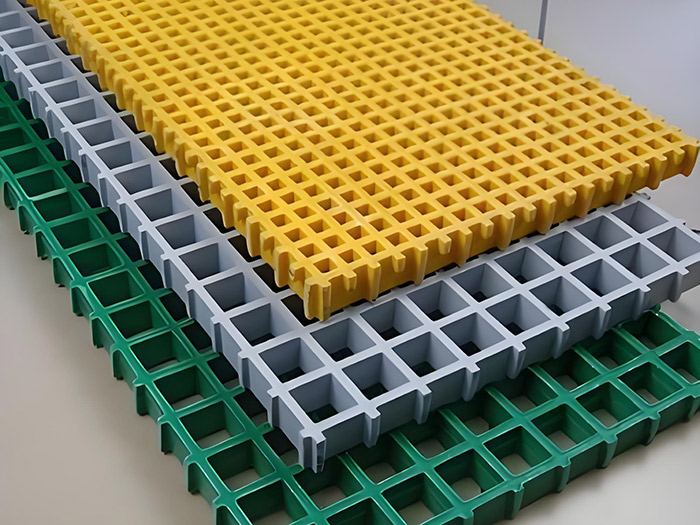Exploring the Benefits of Corrosion-Resistant FRP I Beam for Industrial Applications
In industrial environments, structural integrity is paramount. Traditional materials like steel are often used for I-beams, but they have limitations, especially in corrosive conditions. Fiber-Reinforced Polymer (FRP) I-beams, particularly those with corrosion-resistant properties, offer a compelling alternative. But what exactly are the benefits of using corrosion-resistant FRP I-beams in industrial applications? Let’s delve into this question and explore why these beams are gaining popularity.
What Makes FRP I-Beams Corrosion-Resistant?

FRP I-beams are made from a combination of fibers, typically carbon or glass, and a polymer matrix. This composition makes them inherently resistant to corrosion, rust, and other chemical degradation that commonly affect traditional steel beams. Unlike steel, FRP does not oxidize or corrode when exposed to moisture, chemicals, or harsh industrial environments. This inherent resistance is a significant advantage in industries where structural materials are constantly exposed to corrosive elements.
Are FRP I-Beams Stronger Than Steel?
One of the primary questions that arise when considering FRP I-beams is their strength compared to steel. While FRP is lighter than steel, it offers comparable strength-to-weight ratios. This means that FRP I-beams can support the same loads as steel beams but with less weight, making them easier to transport and install. Additionally, FRP beams do not suffer from fatigue, another significant advantage over steel, which can weaken over time under constant stress.
Benefits of Corrosion-Resistant FRP I-Beams in Industrial Applications
Enhanced Durability
Corrosion-resistant FRP I-beams provide enhanced durability in industrial settings. Since they do not rust or degrade over time, they maintain their structural integrity for longer periods. This durability reduces the need for frequent maintenance and replacement, saving costs in the long run. Industries such as marine, chemical, and oil and gas, where corrosion is a major issue, can particularly benefit from this feature.
Rapport coût-efficacité
Another critical question is whether FRP I-beams are cost-effective compared to traditional materials. While the initial investment for FRP I-beams may be higher, their long-term benefits outweigh the costs. Reduced maintenance, longer lifespan, and lower replacement costs make FRP I-beams a cost-effective solution. Furthermore, the lightweight nature of FRP reduces transportation and installation costs, further enhancing their economic viability.
Environmental Benefits
Environmental concerns are increasingly important in industrial applications. Corrosion-resistant FRP I-beams offer several environmental benefits. They are recyclable and do not contain toxic materials, making them an eco-friendly alternative to steel. Additionally, their longer lifespan means less material waste over time, contributing to sustainability efforts.
Versatility in Design
FRP I-beams offer greater design flexibility compared to traditional steel beams. They can be molded into various shapes and sizes, allowing engineers to tailor them to specific industrial needs. This versatility makes FRP I-beams suitable for a wide range of applications, from bridges and buildings to offshore structures and industrial facilities.
Sharing Insights on FRP I-Beams
Many industries are already reaping the benefits of corrosion-resistant FRP I-beams. For instance, in the marine industry, FRP I-beams are used in shipbuilding due to their resistance to saltwater corrosion. Similarly, in chemical plants, they are ideal for supporting structures exposed to harsh chemicals. These real-world applications demonstrate the effectiveness and reliability of FRP I-beams in demanding environments.
If you are considering upgrading your industrial infrastructure, exploring the use of corrosion-resistant FRP I-beams could be a game-changer. Their durability, cost-effectiveness, and environmental benefits make them a compelling choice. By investing in FRP I-beams, you can ensure long-term structural integrity while reducing maintenance costs and environmental impact.
In conclusion, corrosion-resistant FRP I-beams offer numerous advantages over traditional materials in industrial applications. Their strength, durability, and environmental benefits make them a superior choice for industries facing corrosive challenges. As technology advances, we can expect even more innovative uses for FRP I-beams, further solidifying their role in modern industrial construction.







